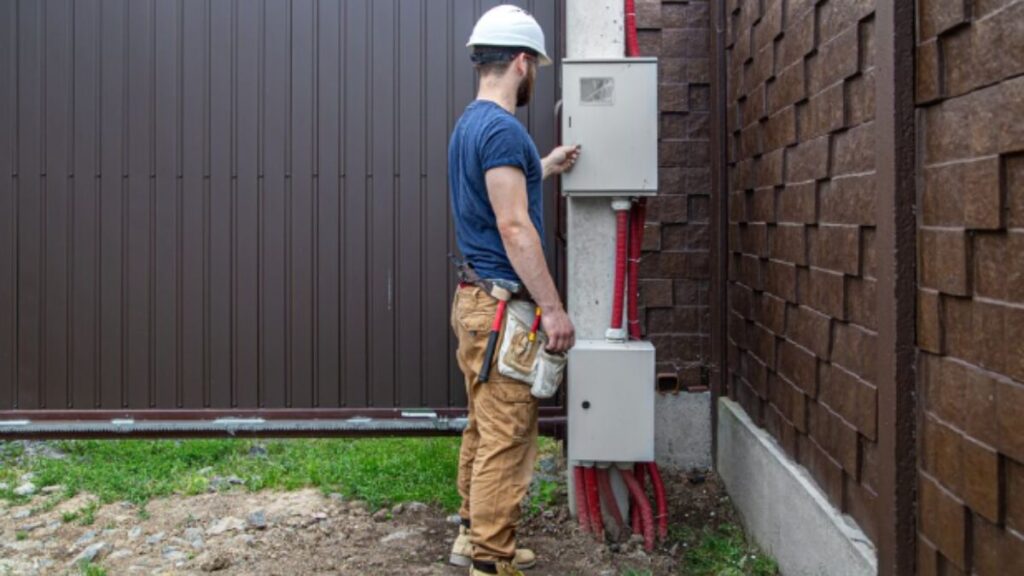Electrical safety is a paramount concern in both industrial and residential settings. With the increasing reliance on electrical systems, the need to ensure that these systems are safeguarded against environmental hazards and unauthorized access has never been more pronounced. Protective enclosures serve as a fundamental line of defense in preserving both equipment integrity and user safety. Not only do they protect electrical components from physical damage, but they also help mitigate risks associated with electrical fires, shocks, and other potentially hazardous situations.
The Role of Protective Enclosures
Protective enclosures are designed to shield electrical devices from a variety of environmental factors including moisture, dust, and other forms of contamination. These enclosures can be made from various materials such as metal or plastic, depending on the application and environmental conditions. Their primary purpose is to prevent external elements from interfering with the function of electrical equipment. For instance, equipment exposed to extreme weather conditions, such as heavy rain or intense sun, can suffer from corrosion or degradation if not properly housed in a protective enclosure. Moreover, these enclosures play a crucial role in preventing unauthorized access to electrical components. Situations where children or unauthorized personnel can access live electrical circuits pose severe risks. Enclosures designed with secure locks help fend off accidental contact and potential electrical shocks, making environments safer for everyone involved. The incorporation of these safety features is especially important in crowded areas or public venues such as malls, parks, and outdoor events where the risk of accidents may be higher.
Standards and Ratings
Understanding the ratings and standards associated with protective enclosures is essential for selecting the appropriate one for specific applications. Ratings such as NEMA (National Electrical Manufacturers Association) and IP (Ingress Protection) classify enclosures based on their ability to resist environmental factors. NEMA ratings specify the enclosure’s protection level against wind, rain, sleet, and snow, among other concerns. A common choice is the NEMA 4 rating, which indicates enclosures that are suitable for indoor and outdoor use, protecting against water ingress and corrosion. Conversely, IP ratings offer insights into the enclosure’s effectiveness in preventing the penetration of solid and liquid particles. An IP68 rating, for example, indicates that the enclosure is dust-tight and can endure continuous immersion in water, making it ideal for underwater or damp locations. An in-depth discussion of IP68 enclosures at www.budind.com/nema-ip-rated-boxes-ip-68 is an excellent resource that can help industries that need durable enclosures in extreme environmental conditions. Utilizing enclosures that meet specific ratings is crucial for the compliance of installation in various industries, such as manufacturing, telecommunications, and food processing.
Risk Mitigation
Implementing protective enclosures significantly mitigates the risk of accidents and damages in electrical installations. One of the main dangers is related to electrical fires. According to the National Fire Protection Association (NFPA), approximately 12% of all reported home fires are associated with electrical failures or malfunctions. Protective enclosures can help limit the potential for those failures by ensuring components are safeguarded against moisture and dust that could lead to shorts or other malfunctions. Moreover, enclosures provide a first line of defense in protecting personnel against electric shock. Each year, thousands of electrical accidents occur, some of which result in fatal injuries. Enclosures that meet safety standards can greatly reduce these risks, as they shield high-voltage components and ensure only qualified personnel can access them. This separation of the general public from hazardous conditions is vital for maintaining safety standards across various workplaces.
Durability and Longevity
Incorporating protective enclosures into electrical design not only enhances safety but also extends the life of the equipment. By shielding devices from external threats such as moisture, high temperatures, and chemicals, enclosures contribute to the overall durability of electrical systems. For instance, enclosures made from robust materials can withstand harsh environments typical of industrial settings, including exposure to corrosive substances or extreme pressures, ensuring that vital systems remain operational without frequent repairs or replacements. Additionally, enclosures help minimize the need for maintenance, as they hinder the accumulation of dirt and debris that could interfere with electrical components. Keeping devices clean and also operating at optimal temperatures reduces wear and tear, which is beneficial for both performance and lifespan. This approach not only saves on maintenance costs but also enhances the reliability of the entire electrical system.
Cost Implications
While investing in protective enclosures may initially seem costly, the long-term financial advantages unmistakably outweigh the upfront expenses. Enclosures contribute to the prevention of costly repairs or replacements associated with malfunctioning electrical systems. A study by the Electrical Safety Foundation International (ESFI) found that utility costs could be reduced by 30% to 40% with the proper use of protective enclosures in industrial settings, owing to lower downtime and enhanced system robustness. Moreover, the potential costs incurred from Workplace Safety violations or insurance claims linked to electrical accidents can be staggering. Mitigating these risks through the installation of protective enclosures helps safeguard both employees and operators financially. Consequently, in the long haul, the investment in protective enclosures can lead not only to a safer environment but also to a net savings in operational costs.
Design Considerations
Designing a protective enclosure involves several vital considerations that ensure optimal safety and usability. Firstly, the operating environment plays a crucial role; enclosures should be chosen based on the specific conditions they will be exposed to. For outdoor settings, enclosures need to provide strong protection against UV light, moisture, and extreme temperatures, while also being durable for mechanical impacts. Additionally, designing for accessibility is essential. While security is necessary, ease of access for maintenance could directly impact operational efficiency. Manufacturers must strike a balance between robust security features and functionality, ensuring that qualified personnel can perform maintenance without compromising safety. The enclosure’s ventilation must also be considered to prevent overheating; issues arising from inadequate airflow can lead to system failures, negating the benefits of their protective features.
Protective enclosures are vital components of electrical safety that cannot be overlooked. By safeguarding electrical systems from environmental hazards and unauthorized access, these enclosures reduce the risks of accidents and equipment failures. Emphasizing compliance with recognized standards, investing in durable materials, and ensuring proper design all contribute to enhanced safety and longevity in various applications. As technologies continue to evolve, maintaining focus on protective enclosures will remain critical in ensuring safe electrical practices.







